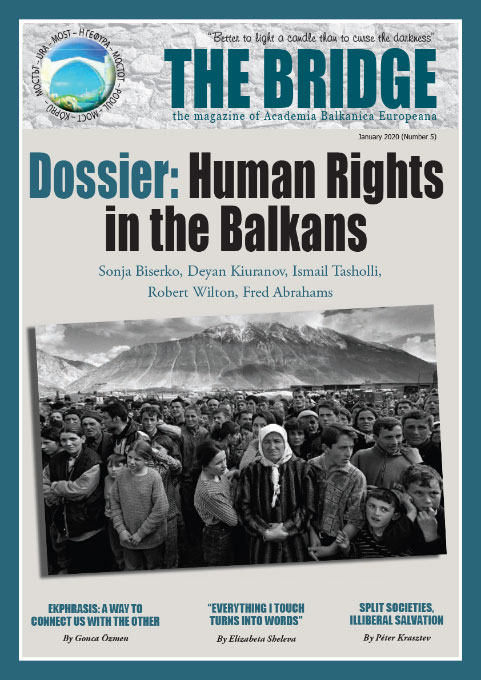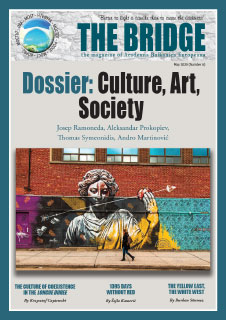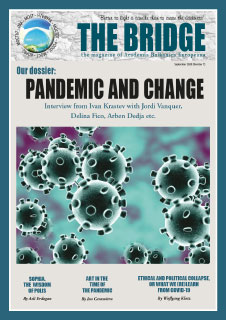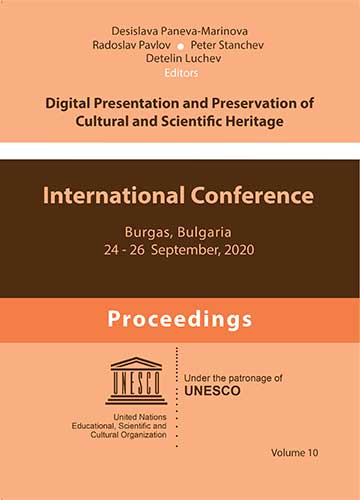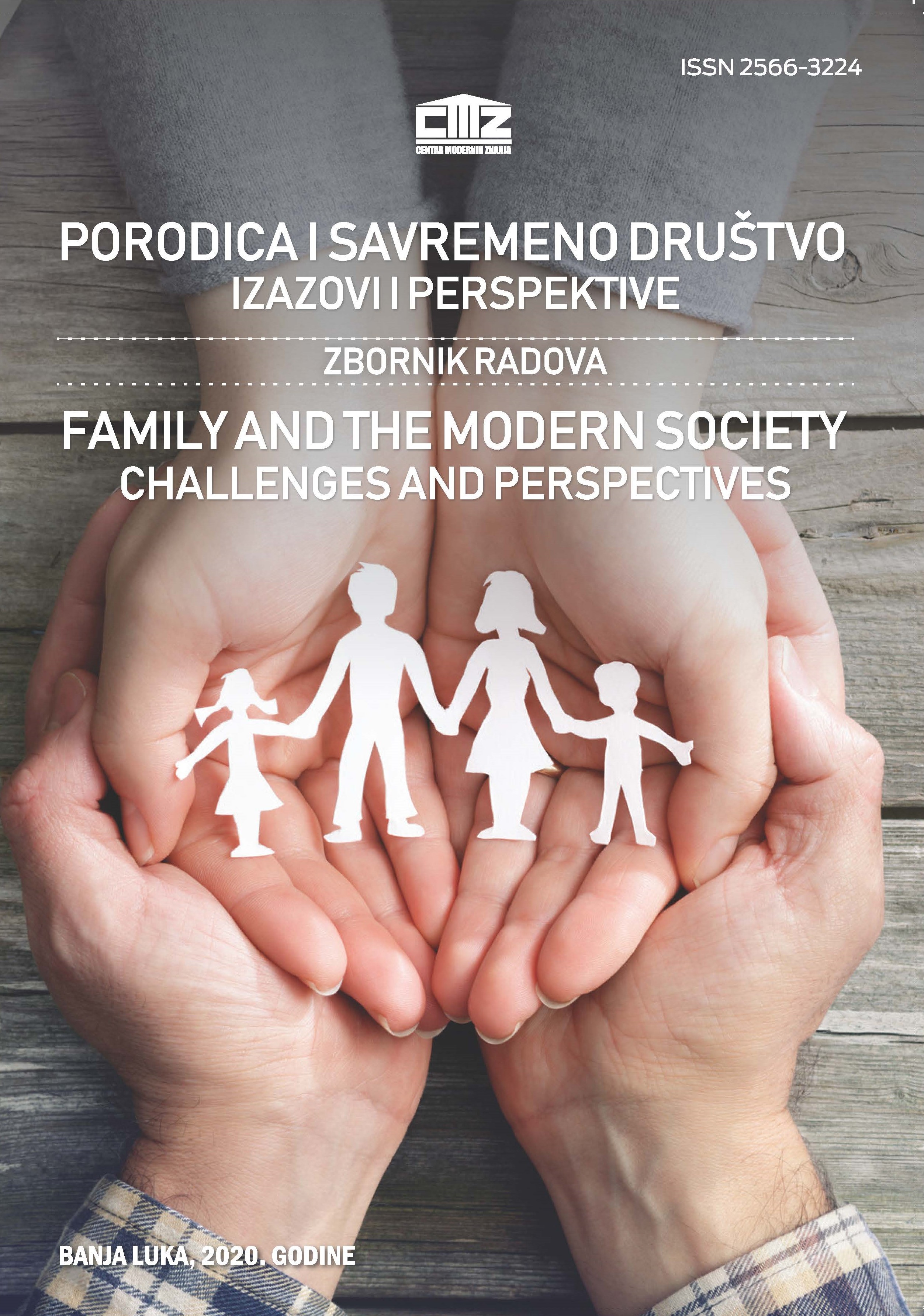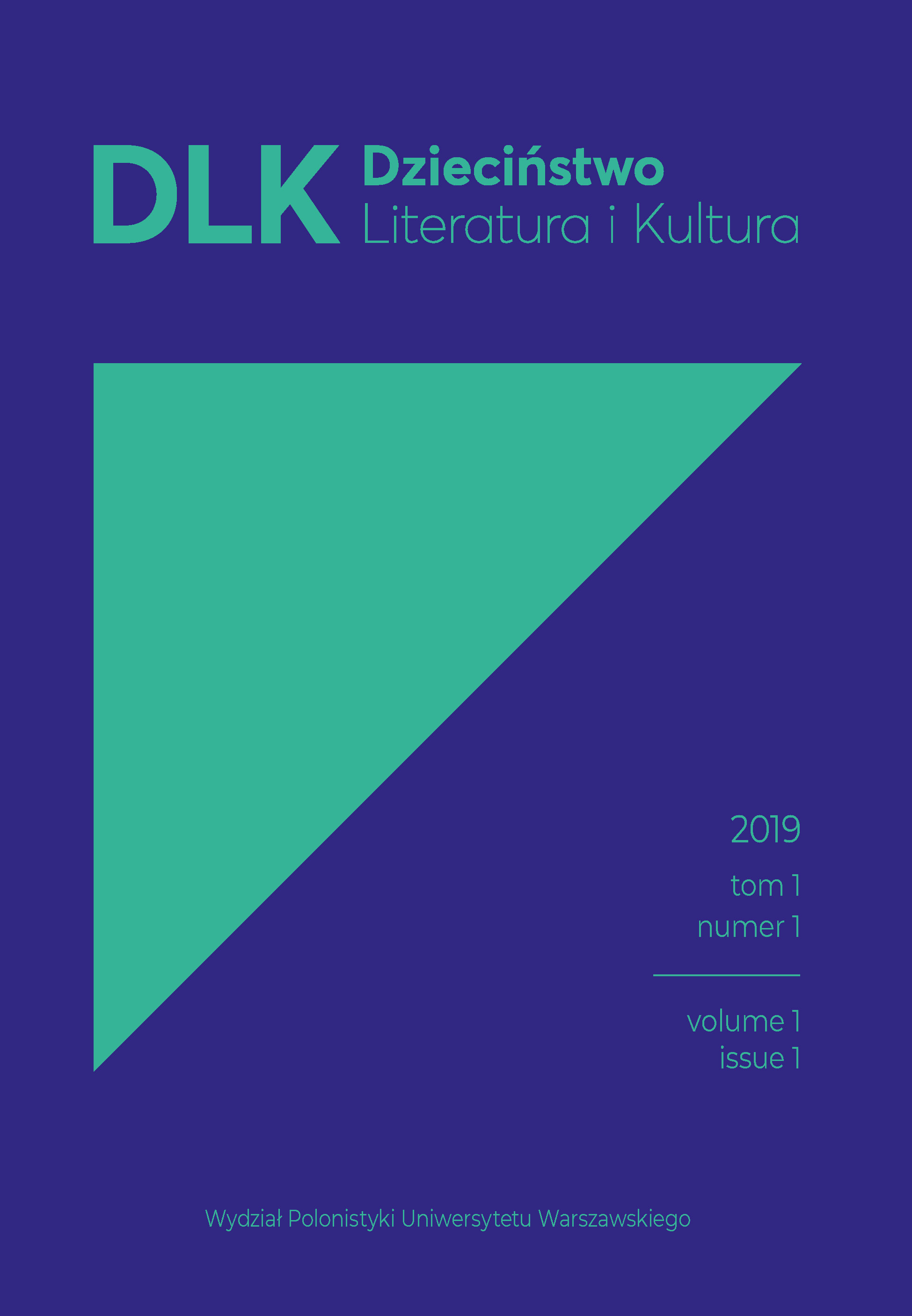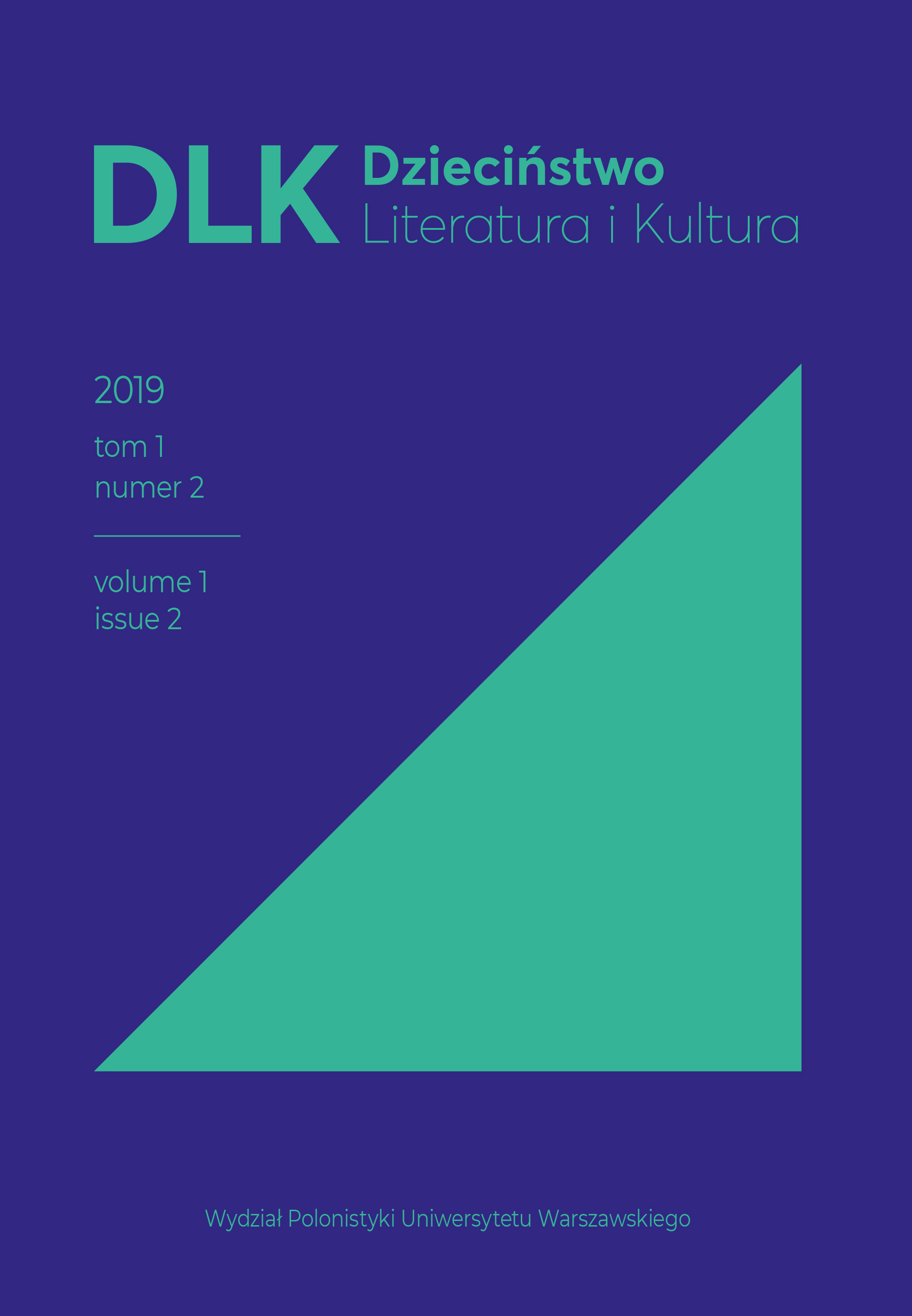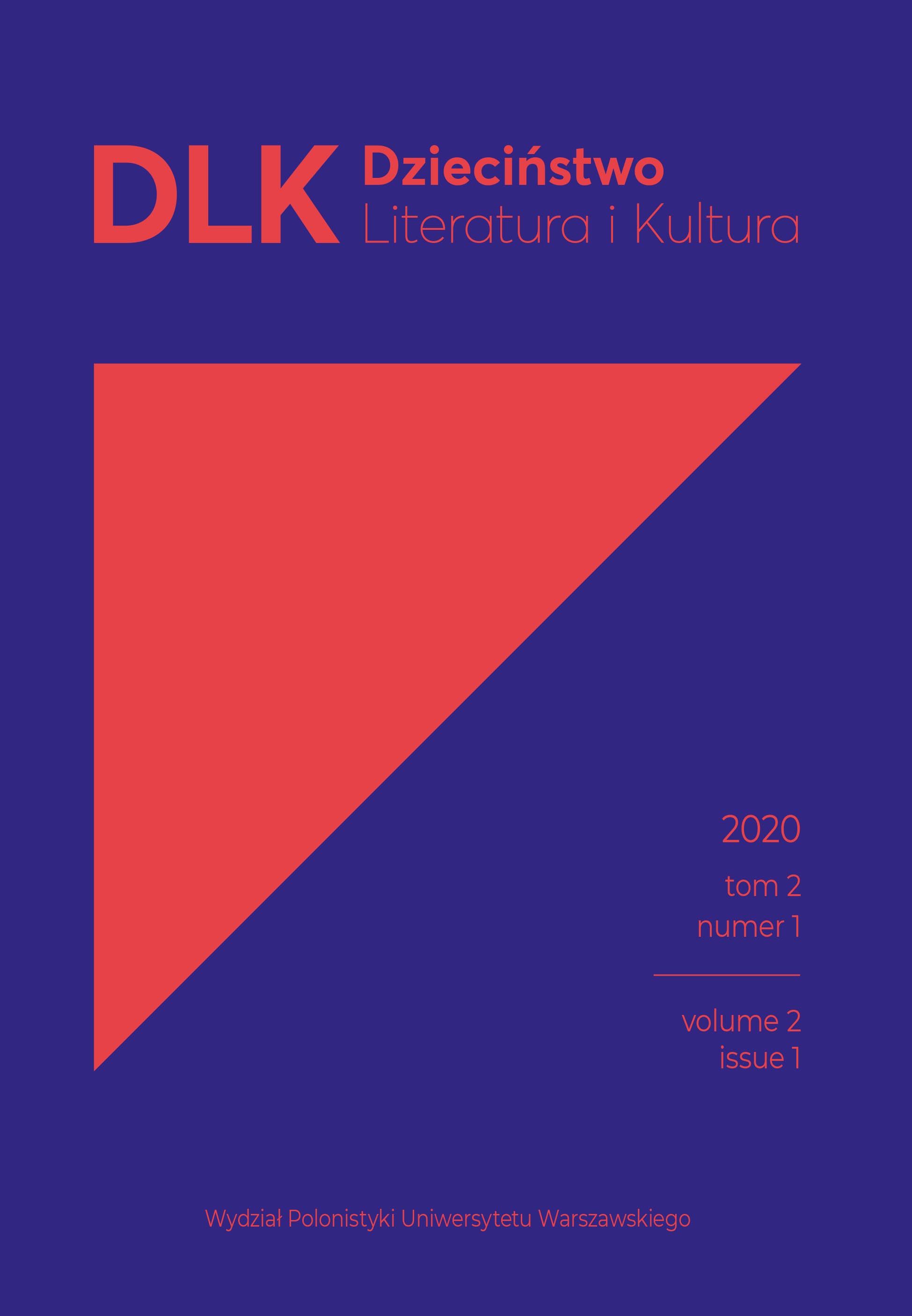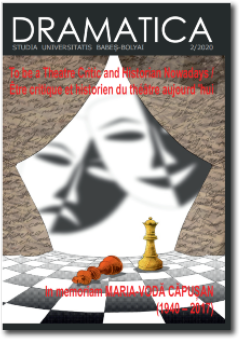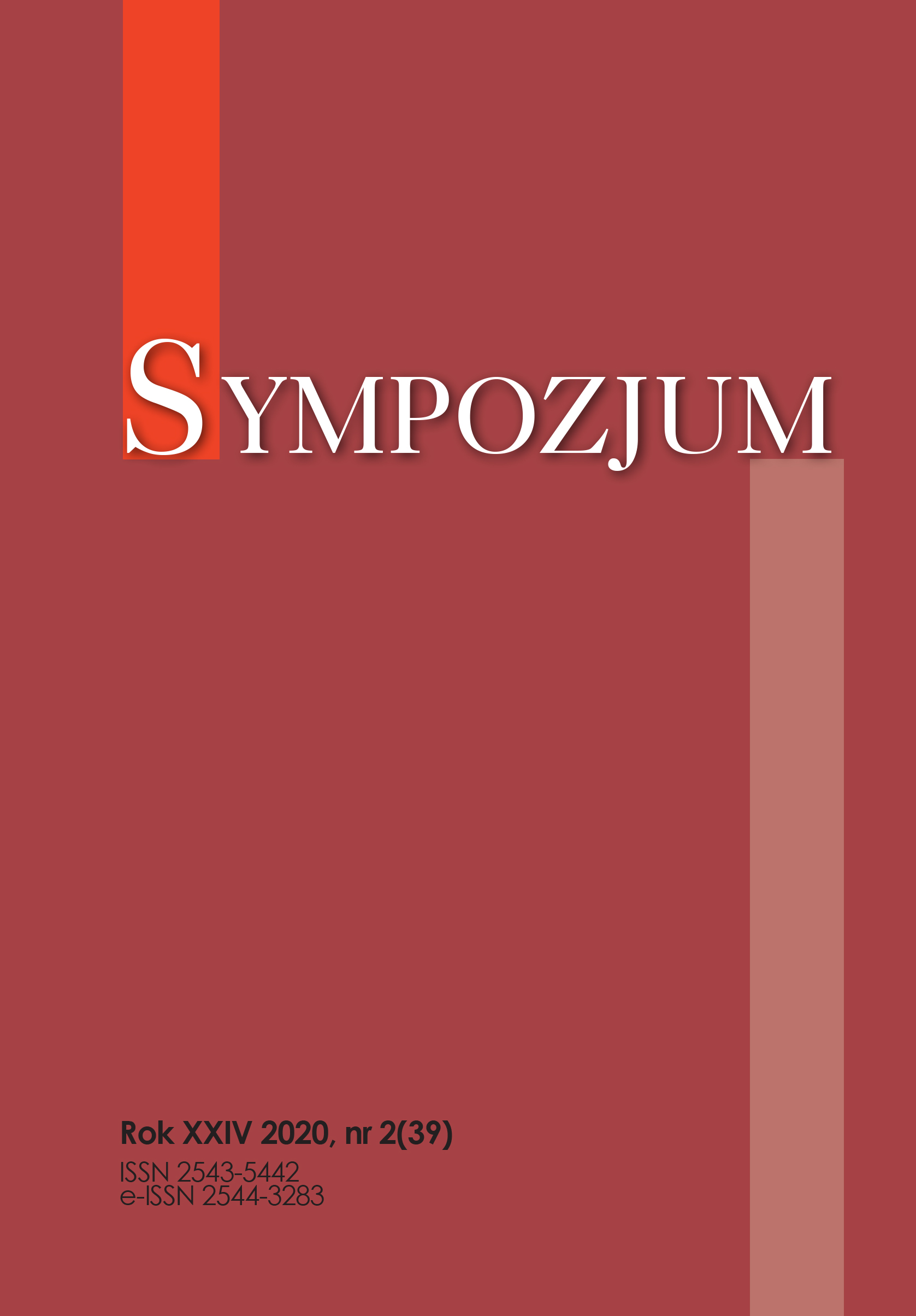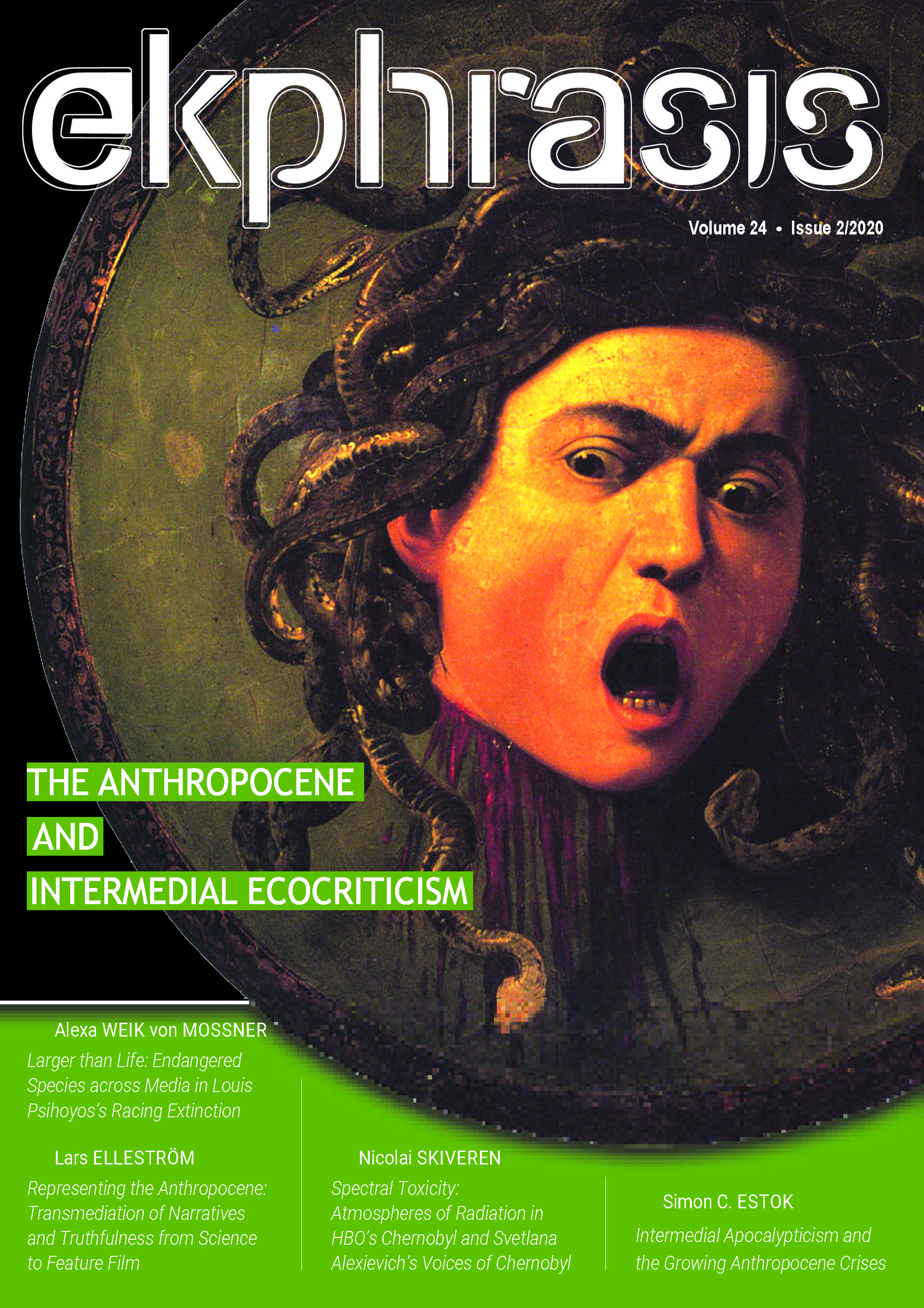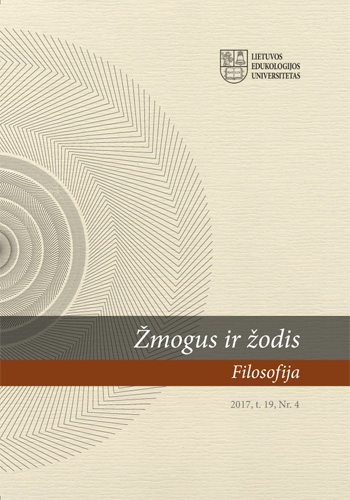
Ritmo sąvokos metamorfozės Gilles’io Deleuze’o ir Félixo Guattari tekstuose
This article deals with the ability of the concept of rhythm functioning in the texts of Deleuze and Guattari to discern the lines of navigation of thought from philosophy towards different forms of art (literature, cinema, painting, music) and backwards. Starting from the dynamic cartography of the problems and concepts discerned as suitable for such thought experiments by Sauvagnargues, Buchanan, Bogue, and Zepke, this research comes to the conclusion that the concept of rhythm is a suitable link for navigation of the possible cohesions between philosophy and different arts. The concept of ‘rhythm’ becomes a philosophical concept in the texts of Deleuze and Guattari and gains the ontological status transcending limits of philosophy and arts. It functions in the territory between the sound, word, and image, as well as the work of art, philosophy and life. Mainly from this ontological perspective, this concept receives the power to reveal not only horizontal, but also vertical, genealogical aspects of art as the process of becoming.
More...
